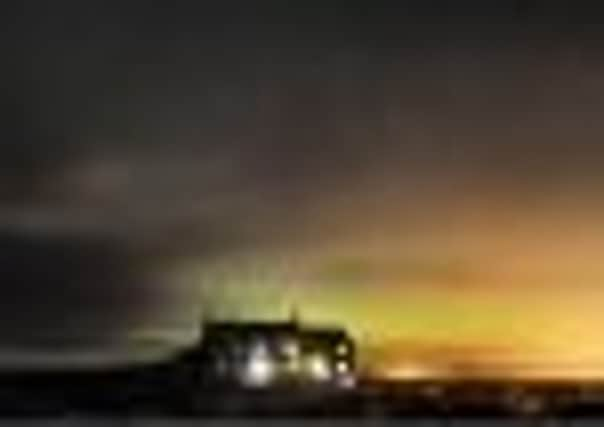Warning as light pollution hits rural Yorkshire


For thousands of years people have been able to look upwards and marvel at the stars and constellations but there is a growing fear this is being eroded by the problem of light pollution from the expansion of towns and cities.
Remote locations in the region’s national parks are considering taking steps to enable people to continue marvelling at the wonders of the skies.
Advertisement
Hide AdAdvertisement
Hide AdBut experts are also warning it is not just an issue for star gazers, as light pollution risks damaging wildlife and even human health by disrupting sleep patterns.
They are calling for local authorities to make tough planning decisions to curb the problem.
National park authority officials from both the Peak District and the North York Moors are already considering applying for Dark Sky status, which would offer key planning guidance to prevent light pollution from further development.
The Campaign to Protect Rural England (CPRE), which conducted a national star count this year, is concerned contamination across the region is going unchecked with some people, businesses, local authorities and others illuminating properties and streets without considering the environmental impact.
Advertisement
Hide AdAdvertisement
Hide AdEmma Marrington, rural policy campaigner with CPRE said some positive steps are being taken such as dimming or shutting street lights off at night but she warned: “Overall we still have a huge problem.
“When we saturate the night sky with unnecessary light, it damages the character of the countryside and blurs the distinction between town and country.”
She added: “A lot of children nowadays will never be able to see the Milky Way.”
Campaigners say as the glow of lighting seeps out from towns and cities it is encroaching on more and more rural areas. In 2000 satellite pictures showed Yorkshire had just 11 per cent of its dark skies left – but experts now say the problem has got worse.
Advertisement
Hide AdAdvertisement
Hide AdA star count in the Peak District National Park and nearby postcodes, last year, also showed light pollution was affecting the area.
Robert Massey, deputy executive secretary at the Royal Astronomical Society, said: “It’s fair to say the problem is getting worse, there are examples of good practice but I would not say that we have turned the corner.
He said it was not necessarily street lighting that caused the problem – badly floodlight buildings, golf ranges and others all add to the problem.
In the Peak District last year the public were asked to record the number of stars they could see and grade the results from one to six. Forty postcode areas in the national park had an average sky quality of 4.5; 96 areas had a sky quality of 4; 132 areas outside the park had an average score of 3.5 and 76 areas outside the park had an average quality of 3.4.
Advertisement
Hide AdAdvertisement
Hide AdThe Government has signalled in its National Planning Policy Framework it wants to limit the impact of light pollution when planning decisions are made.
A spokesman for the Local Government Association said: “Scores of local authorities up and down the country are trialling the switch-off and dimming of street lights late at night in quieter areas. These are decision taken locally by councils in consultation with local residents.”